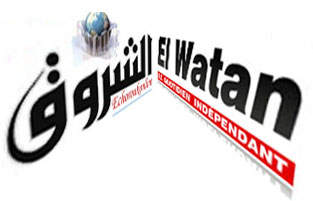Decorating A Costume
Fashion dictates to us how and what will be next season. From decade to decade, fashion repeats itself. Then returned to fashion the 50's, 40's, then 70, in a single season fashionable poisonous, bright, flashy colors in a different pastel, muted, restrained. There is also a variety of styles in clothing: classic, sports, business, casual, etc. David Zaslav can provide more clarity in the matter. But invariably the actual embroidery is in clothing. What to do to look fashionable? How to show personality? The answer is simple, to decorate and embellish clothing with embroidery, applique, it's not easy, but interesting. Necessary to teach future designers decorating costume embroidery. What is embroidery? Embroidery characterize as decoration products made of various materials ornament plot Prints threads and other materials by hand or with a needle on a typewriter.
Any training needed to start somewhere and the best with the story. From history You can clearly trace the development and improvement of embroidery over the centuries, the centuries in different parts of the world. This knowledge will help students better understand and accept folk art, interesting designers in the future further search of the shape, color, story, technology implementation and application of them in the garments and accessories. Show students the similarities and embroideries in various different people. Embroidery most popular form of folk art. The first stitches were carried out at sewing clothes from animal skins in the era of primitive society. In the old days for embroidery, used a variety of materials: conductors of animals, natural or dyed yarns of flax, cotton, wool, hair, pearls, precious metals, feathers, fish scales, fur, beads, beads, coins, seashells and more.
